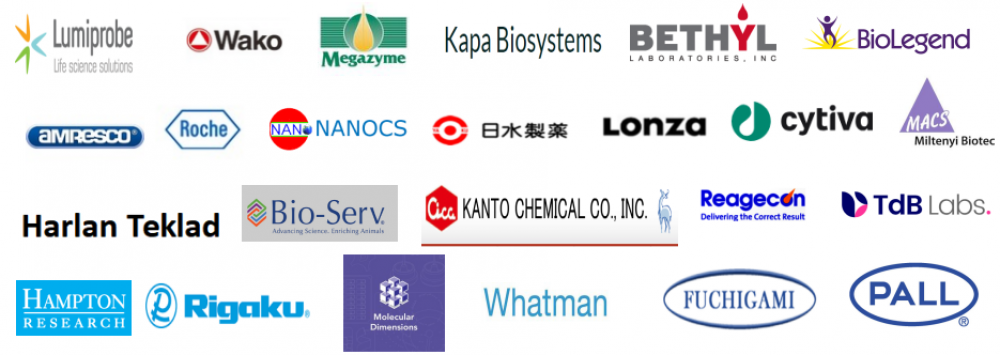TDB–Antonia Red™ Dextrans Antonia Red™ 葡聚糖
Antonia Red™ is a red-shifted dye with an absorbance maximum at 583 and an emission wavelength of 602 nm. All batches are carefully controlled for molecular weight, appearance, solubility, degree of substitution, fluorescence and free dye. TdB Labs produce Antonia Red-dextran from 4 kDa to 150 kDa. Antonia Red-dextrans are supplied as a purple powder.
Antonia Red™ 是一种红移染料,最大吸光度为 583,发射波长为 602 nm。 所有批次的分子量、外观、溶解度、取代度、荧光和游离染料都经过仔细控制。 TdB Labs 生产 4 kDa 至 150 kDa 的 Antonia Red-dextran。 Antonia Red-dextrans 以紫色粉末形式提供。

Structure
Antonia Red™-dextran are synthesised from well-characterised dextran fractions derived from Leuconostoc mesenteroides. The dextran fractions are then labelled with Antonia Red. The degree of substitution lies between 0.001-0.01.
结构
Antonia Red™-葡聚糖由来自肠系膜明串珠菌的充分表征的葡聚糖级分合成。 然后用安东尼红标记葡聚糖级分。 取代度在0.001-0.01之间。
Spectral data
Antonia Red™-dextran has an absorbance maximum at 583 nm and an emission wavelength of 602 nm in borate buffer at pH 9.0.
光谱数据
Antonia Red™-葡聚糖在 pH 9.0 的硼酸盐缓冲液中的最大吸光度为 583 nm,发射波长为 602 nm。
Storage and stability
Antonia Red™ dextran is stable for more than 6 years when stored dry in well-sealed containers at ambient temperature
储存和稳定性
Antonia Red™ 葡聚糖在环境温度下干燥储存在密封良好的容器中时可稳定保存 6 年以上
Solubility
Antonia Red™-dextran dissolves readily in water.
溶解度
Antonia Red™-葡聚糖易溶于水。
Application
Antonia Red™-dextran is mainly used for studying permeability and microcirculation. It can also be used as a molecular size marker, for studies of drug delivery and more. Antonia Red shows bright fluorescence, has good photo- and chemical stability and is non-pH dependent. Read more about applications here.
应用
Antonia Red™-葡聚糖主要用于研究渗透性和微循环。 它还可以用作分子大小标记,用于药物递送研究等。 Antonia Red 显示出明亮的荧光,具有良好的光和化学稳定性,并且不依赖于 pH 值。 在此处阅读有关应用程序的更多信息。
References 参考文献
Gustafsson, S. et al. Blood-brain barrier integrity in a mouse model of Alzheimer’s disease with or without acute 3D6 immunotherapy. Neuropharmacology 143, 1–9 (2018).
